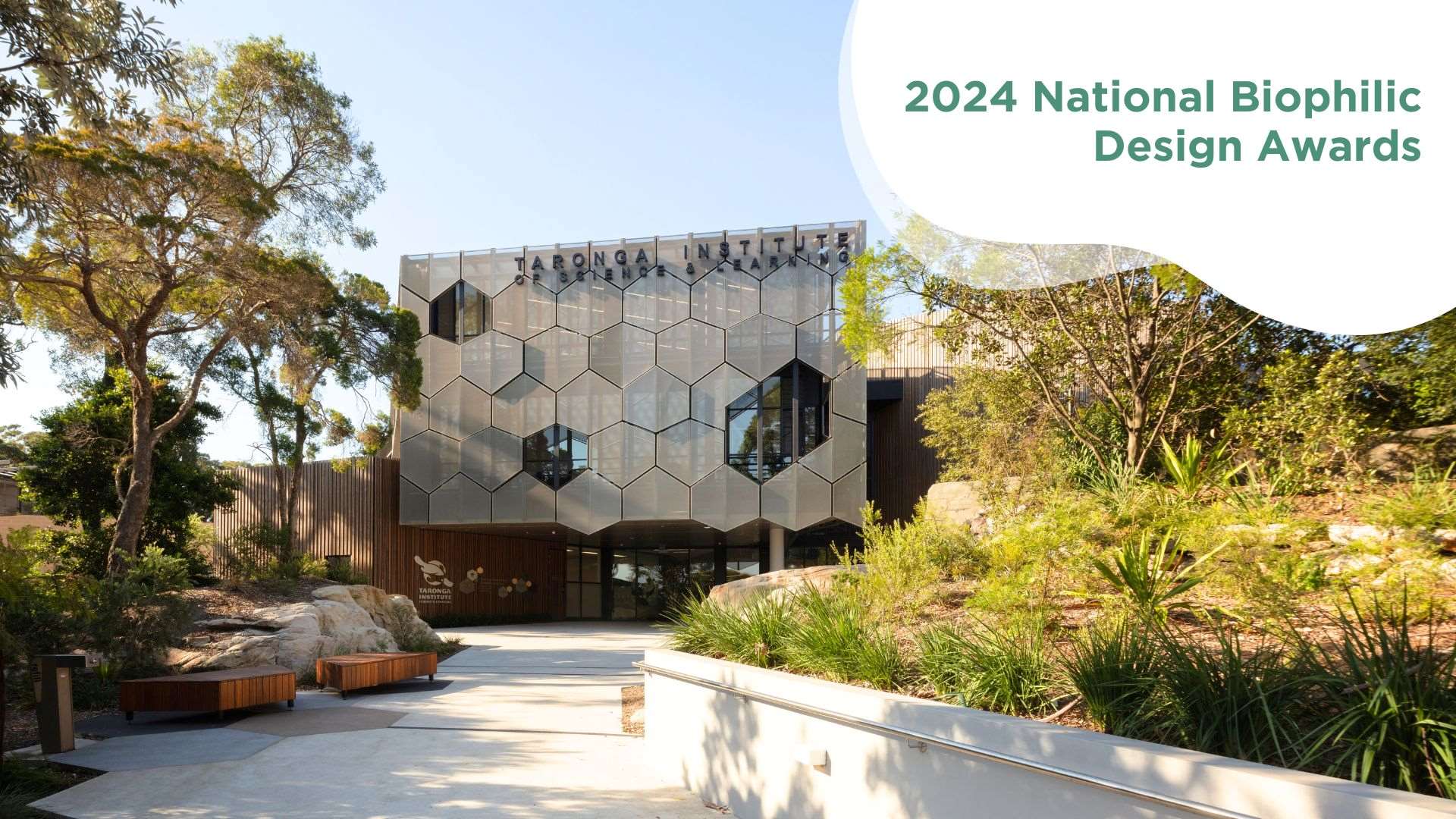
Celebrating innovation in Australian biophilic design
What if you could step into a world where our buildings felt like an extension of nature, rather than separate from it? Where our homes and workplaces were in tune with the natural environment, and you felt restored and renewed after spending time in a place? What would that world look like?
Right here in Australia, this vision is being painted by some of the nation’s most innovative designers and architects who are paving the way in ‘biophilic design’. These changemakers are reimagining the way we live, work and play – and helping us to reconnect with our natural world.
The Living Future Institute of Australia’s 2024 National Biophilic Design Awards celebrate the finest examples of this inspired way of living.
What is biophilic design?
‘Biophilic design’ is a type of holistic design that actively encourages human connection with nature in buildings, spaces and communities. As well as integrating sustainable design, the ultimate aim of biophilic design is to nurture a strong relationship between humans and nature, rather than just focussing on reducing environmental impacts.
Although adding plants and greenery is one element, biophilic design goes well beyond simply bringing nature indoors. It is preoccupied with how a space ‘feels’ as a whole and might consider things like natural light, air, water, natural materials, images of nature, natural patterns, shapes and colours, along with the local ecology and culture of the area.
Given that Australians typically spend 90% or more of their time indoors, biophilic design plays a vital role in creating opportunities for people to reconnect with nature, which can help improve health and wellbeing.
Natural pathway for the future
Laura Hamilton-O’Hara, CEO of the Living Future Institute of Australia, says the National Biophilic Design Awards recognise and champion the most outstanding examples of biophilic design in Australia – and demonstrate what’s actually possible in our changing world.
“The four award-winning projects showcase four different types and range from inner city Melbourne, regional Wollongong and high country Victoria. They represent government infrastructure, a family home, a not-for-profit office and an educational building,” says Laura.
“This demonstrates the range and applicability of biophilic design excellence, and proves that any project can implement it.”
“Biophilic design creates habitat for humans. It takes into account that we are living, breathing beings, not inanimate objects, and supports us to thrive.”
“Our vision is that biophilic design moves from the extraordinary to the everyday, so that everyone benefits from its broad incorporation into our built environment. It’s an exciting doorway into the world of regenerative design.”
2024 National Biophilic Design Award winners
Interiors and Renovation category: Cancer Council Victoria
Award sponsor: GH Commercial
Project team: Architect and interior design – ODO, Engineer – Simpson Kotzman, Builder – Amity Building Group, Project Manager – MONTO Projects
Judges: Angelica Rojas-Gracia, Archie Patel, Richard Mullane, Tania Davidge with April McCabe as the Chair
Designed by ODO, Cancer Council Victoria headquarters in East Melbourne on Wurundjeri Woi-Wurrung Country was the winner of the Interiors and Renovation category.
In designing this space, the project team set out to emulate a feeling of ‘home’, by making a large workplace feel small and allowing meaningful connections and environments to emerge.
The design uses specific biophilic design strategies to help reinforce this sense of home by bringing nature into the space.
This includes greenery, wood wool materials, natural colours, views and natural light, fresh air and daylighting, appealing outdoor areas and bamboo accents, along with meaningful inclusion of First Nations peoples’ connection to Country.
At its heart, this building transcends the conventional notion of a workplace. Through an artful synthesis of nature and innovation, it not only nurtures productivity, but also enriches the human spirit, providing an impressive vision for the future of work environments.
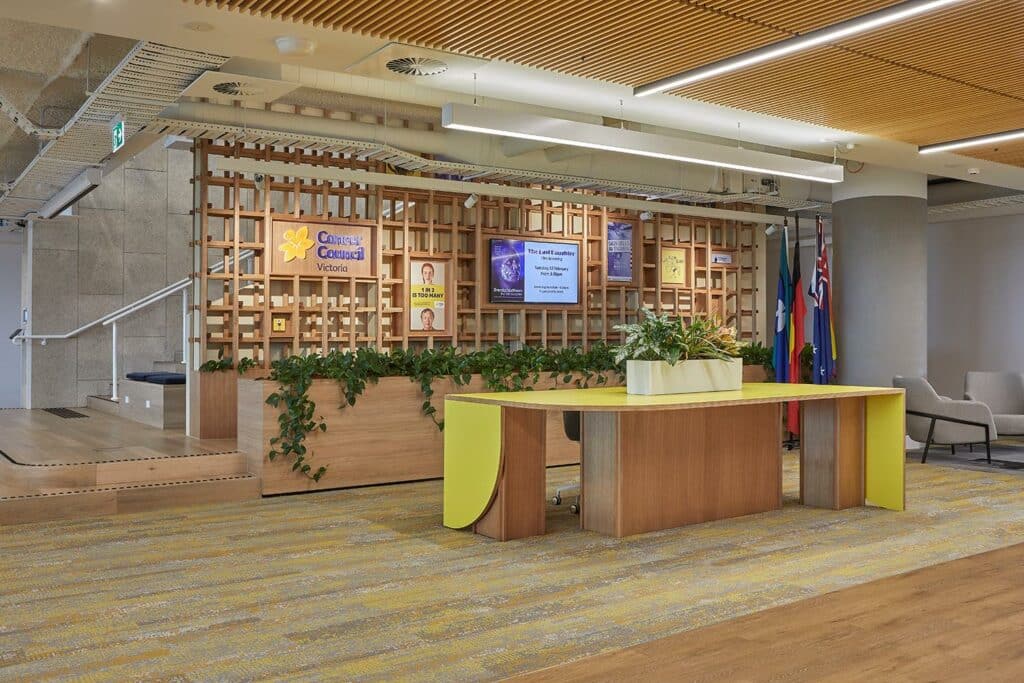
Designed by ODO, Cancer Council Victoria was the winner of the Interiors and Renovation category. Photo credit: Dave Kulesza
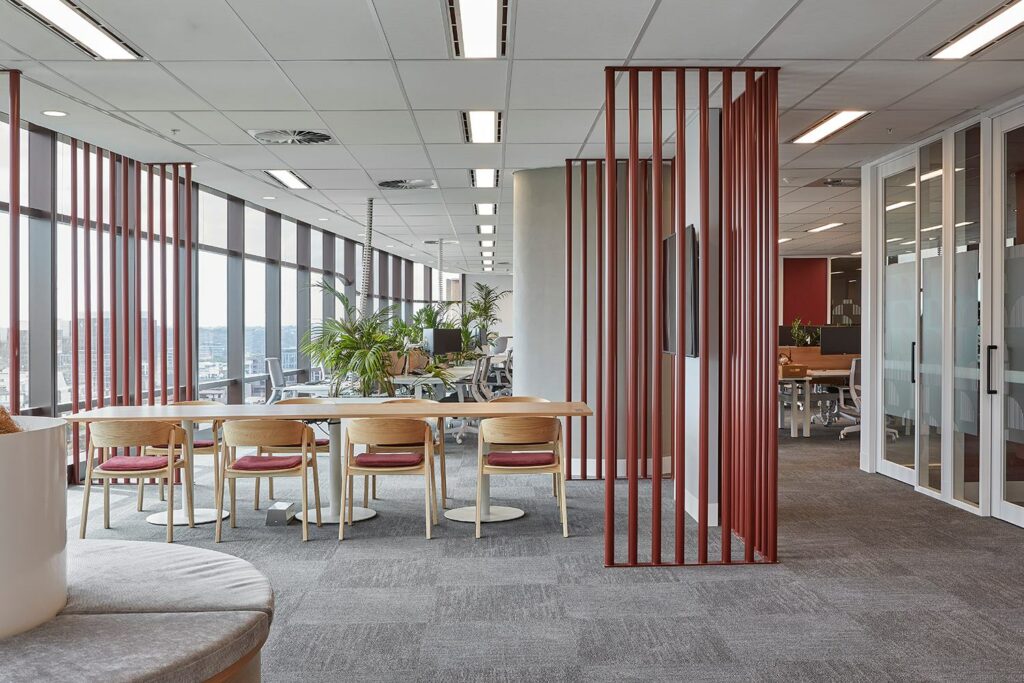
The Cancer Council Victoria headquarters in East Melbourne showcases an impressive vision for the future of work environments. Photo credit: Dave Kulesza
Building Scale category: Huff‘n’Puff Haus (joint winner)
Award sponsor: MODEL
Project team: Architect and interior design – Envirotecture, Engineer – BSE Consulting, Builder – Hedger Constructions, Passivhaus Certifier – Detail Green, Building Science – Alex Slater
Judges: Craig Hayman, Katelin Butler, Hannah Tribe with Dr Fiona Gray as the Chair
Located in Central Victoria on Taungurung Country, the Huff‘n’Puff Haus was a joint winner of the Building Scale category.
Designed by Envirotecture, this private residence displays a deep connection with nature in every aspect of the design.
“The Huff’n’Puff House is distinguished by its seamless integration with the surrounding landscape, which is achieved through its expansive views, natural colour palette, and use of warm, earthy materials,” says Dr Fiona Gray, chair of the Building Scale category judging panel.
“These elements enhance the connection between indoor and outdoor spaces, firmly grounding the building in its environment. Its understated and refined aesthetic, together with its attainment of Passivhaus certification, reflect its commitment to sustainability and harmonious integration with the natural world.”
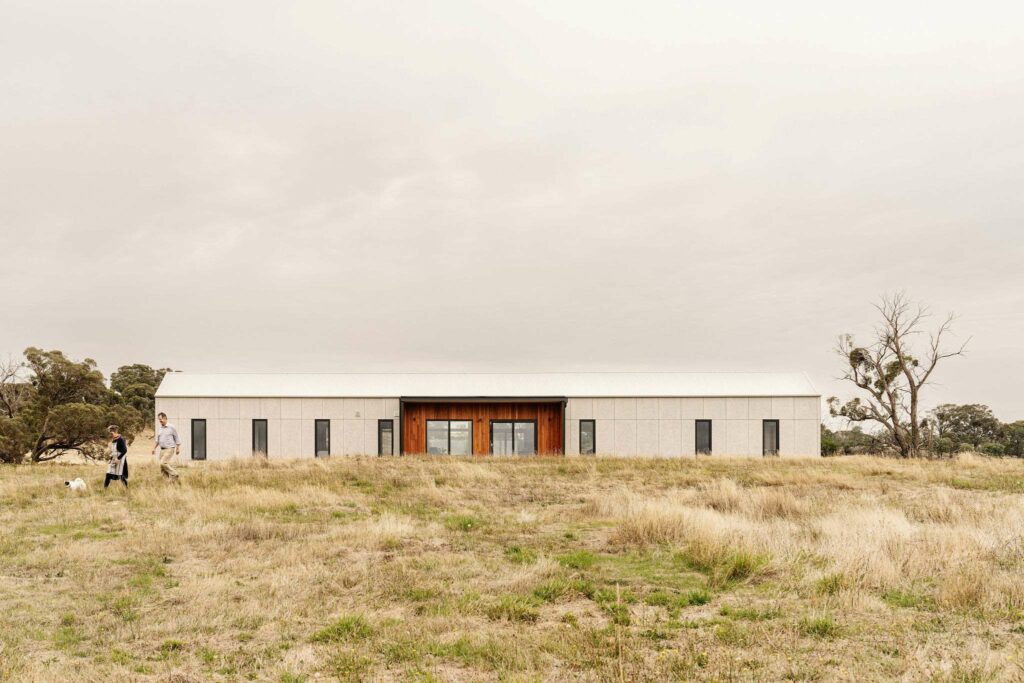
Designed by architect Envirotecture, Huff‘n’Puff Haus is a stunning example of biophilic design. Photo credit: Marnie Hawson

Huff‘n’Puff Haus seamlessly integrates with its natural surroundings and landscape. Photo credit: Marnie Hawson
Building Scale category: Sustainable Buildings Research Centre (joint winner)
Award sponsor: MODEL
Project team: Owner – University of Wollongong, Architect and interior design – COX Architecture, Engineer – Tonkin, ESD Consultant – Cundall, Landscape Architects – Taylor Brammer Landscape Architects
Judges: Craig Hayman, Katelin Butler, Hannah Tribe with Dr Fiona Gray as the Chair
Located at the Innovation Campus of the University of Wollongong on Dharawal Country in NSW, the Sustainable Buildings Research Centre (SBRC) was a joint winner of the Building Scale category.
Designed by COX Architecture, this research facility integrates nature with the built environment to purposefully encourage human connectivity to nature.
“The Sustainable Buildings Research Centre is exemplary in its commitment to sustainability and biophilic design, as evidenced by its achievement of Living Building Challenge certification,” says Dr Fiona Gray.
“The building sets a high benchmark with its rigorous passive performance standards, fully embodying the sustainability principles it advocates. Its design has proven its merit through its robust performance over more than a decade.”
“These joint winners highlight the universal appeal and effectiveness of biophilic design, illustrating how such principles can support wellbeing, increase energy efficiency, and deepen the connection between the built environment and the natural world,” says Fiona.
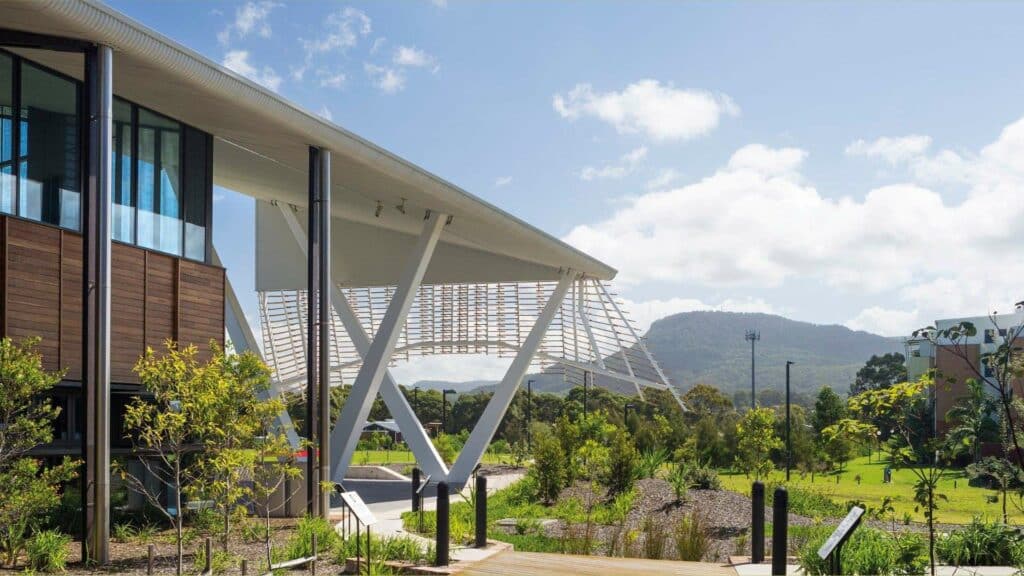
The Sustainable Buildings Research Centre at the University of Wollongong, joint winner of the Building Scale category. Photo credit: John Gollings
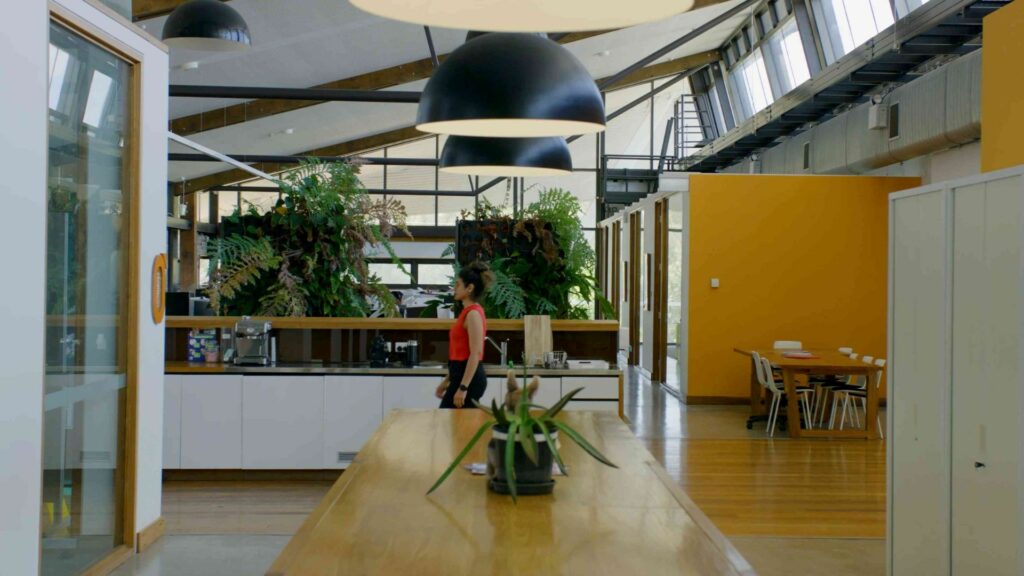
Designed by COX Architecture, the award-winning biophilic design inspires both researchers and visitors alike. Photo credit: Global Pictures
Community and Urban Scale category: Bendigo Law Courts forecourt
Award sponsor: The Planning Studio
Project team: Landscape Architect – ASPECT Studios, Traditional Custodians – Dja Dja Wurrung, Owner – Court Services Victoria, Engineer – WSP in Australia
Judges: Annaliese McCarthy, Linda Corkery, Paul Stoller, Dr Sara Padgett Kjaersgaard with Stephen Choi as Chair
Based near the geographical centre of Victoria, the Bendigo Law Courts forecourt was the winner of the Community and Urban Scale category.
Landscape Architects ASPECT Studios collaborated with Dja Dja Wurrung Traditional Custodians to co-design a meaningful connection with Country, resulting in a praiseworthy example of biophilic design.
“The design is strongly influenced by a deep understanding and connection with Dja Dja Wurrung Country, in both physical form and embedded story, following cultural protocols that are at the core of its success. It showcases an explicitly Indigenous-led design component with many of the cast elements also produced by Dja Dja Wurrung artisans”, says Stephen Choi, chair of the Community and Urban Scale category judging panel.
“Biophilic design is expressed through multiple means – rocky outcrops, water via a bespoke drainage feature, ceremonial smoke referenced in the paving pattern, and a local planting palette, to name a few.”
“Those engaging in the space, including visitors who may be engaging in the law court, are fortunate to be exposed to both direct and indirect experiences of the natural world that can evoke peace, calm and connection.”
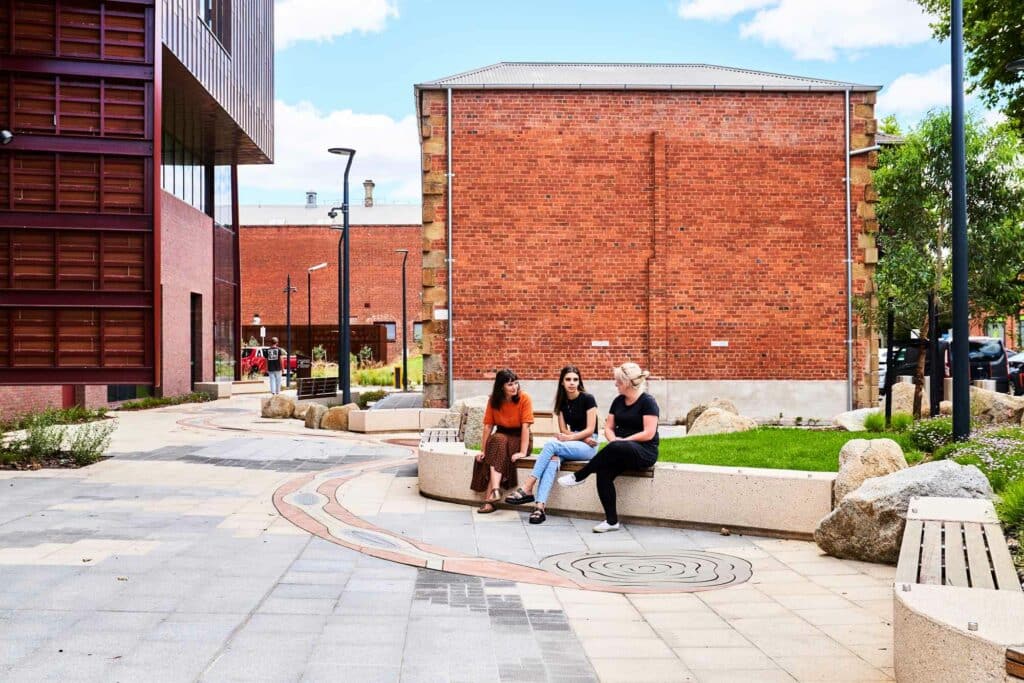
Bendigo Law Courts forecourt, winner of the Community and Urban Scale category. Photo credit: Leon Schoots
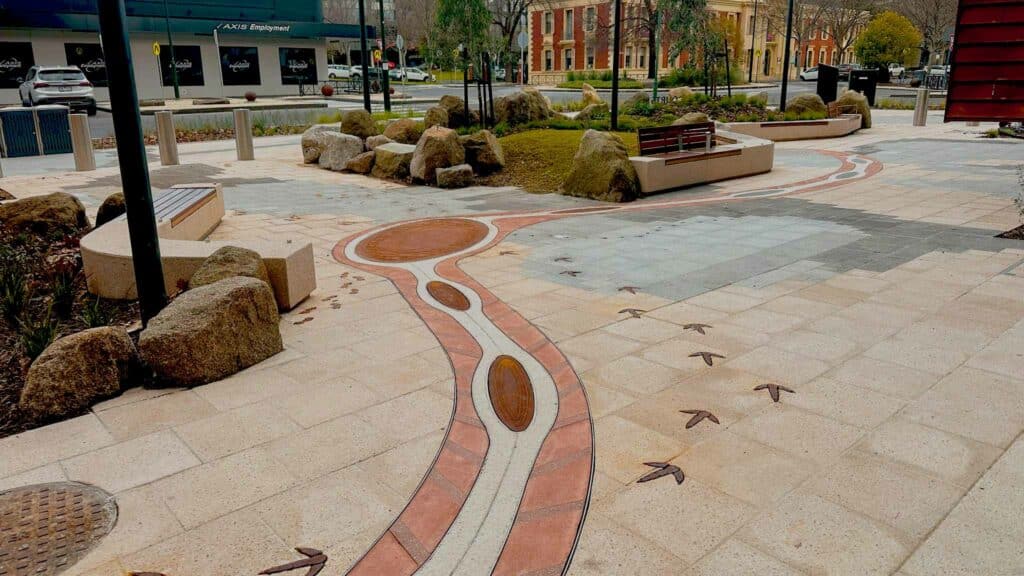
ASPECT Studios collaborated with Dja Dja Wurrung Traditional Custodians to co-design a meaningful connection to Country. Photo credit: Anne-Marie Pisani
Want to learn more?
To find out more about the National Biophilic Design Awards visit https://living-future.org.au/national-biophilic-design-awards-2024/

